A swimming pool is a delightful addition to any home, offering a perfect retreat for relaxation, exercise, and social gatherings. However, consistent pool upkeep is indispensable to reap these advantages. Proper maintenance ensures the water remains clean and safe, the equipment functions efficiently, and the pool’s overall appearance remains inviting. This comprehensive guide will walk you through the essential steps for maintaining your swimming pool, covering everything from water balance to equipment care. Let’s dive in!
Balancing Pool Chemistry
Maintaining the proper chemical balance in your pool is the cornerstone of swimming pool maintenance. Proper chemical levels keep the water clean, prevent damage to the pool and equipment, and ensure a safe swimming environment. Here are the key aspects to focus on:
- pH Levels
The pH level measures how acidic or basic the pool water is. The optimal pH range is 7.2 to 7.6. Levels outside this range can cause skin and eye irritation and damage pool surfaces and equipment. Use a pH testing kit to check the water regularly and add a pH increaser or decrease as needed.
- Chlorine Levels
Chlorine is essential for killing bacteria and algae. The ideal chlorine level is between 1.0 and 3.0 ppm (parts per million). Too much chlorine can cause skin and eye irritation, while too little can lead to bacterial growth. Regularly test chlorine levels and adjust by adding chlorine tablets or liquid chlorine.
- Alkalinity
Total alkalinity helps stabilise pH levels. The optimal range is 80 to 120 parts per million (ppm). Low alkalinity can cause pH fluctuations, while high alkalinity can make pH adjustment difficult. Use sodium bicarbonate to increase alkalinity and muriatic acid or a specific alkalinity decrease to lower it.
- Calcium Hardness
Calcium hardness refers to the concentration of calcium in the water. The optimal range is 200 to 400 parts per million (ppm). Low calcium levels can cause water to become corrosive, damaging pool surfaces and equipment, while high levels can lead to scaling. Adjust calcium hardness using calcium chloride.
- Cyanuric Acid
Cyanuric acid stabilises chlorine, especially in outdoor pools. The ideal range is between 30 and 50 ppm. Without cyanuric acid, chlorine degrades quickly in sunlight, reducing its effectiveness. Add cyanuric acid as needed, but within recommended levels, which can hinder chlorine efficiency.
Regular Cleaning and Skimming
Keeping your pool clean involves daily and weekly tasks to remove debris and prevent algae growth. Below is a comprehensive outline detailing the tasks you are required to undertake:
- Skimming the Surface
Skim the pool’s surface daily with a net to remove leaves, insects, and other debris. It prevents debris from sinking and becoming more challenging to remove.
- Brushing the Walls and Floor
Brush the pool’s walls, steps, and floor weekly to remove dirt and prevent algae buildup. Use a brush appropriate for your pool’s surface: nylon bristles for vinyl, fibreglass, and tile, and stainless steel bristles for concrete.
- Vacuuming
Vacuum the pool floor weekly to remove debris the skimmer may have missed. Manual and automatic vacuums are available. For manual vacuuming, connect the vacuum head to a telescopic pole and hose and move it across the pool floor in overlapping strokes.
- Cleaning the Skimmer and Pump Baskets
Empty the skimmer and pump baskets weekly to ensure proper water flow and filtration. Clogged baskets reduce circulation and filtration efficiency, leading to cloudy water and increased strain on the pump.
Filter Maintenance
The pool filter is crucial in keeping your water clean by removing dirt, debris, and other contaminants. Three primary categories of filters exist within the realm of filtration systems: sand, cartridge, and diatomaceous earth (DE). Each requires specific maintenance:
- Sand Filters
Backwash sand filters once the pressure gauge reads 8-10 psi above normal operating pressure. This process involves reversing the water flow through the filter to flush out trapped debris. For optimal performance, replace the sand every 3-5 years.
- Cartridge Filters
Remove the cartridge from the filter housing and hose it off every 2-4 weeks, depending on usage. Soak the cartridge in a filter cleaner solution once or twice a season to remove oil and mineral buildup. Replace the cartridge every 1-2 years or as needed.
- DE Filters
Backwash DE filters when the pressure gauge is 8-10 psi above normal. After backwashing, add new DE powder through the skimmer according to the manufacturer’s instructions. Thoroughly clean the filter grids at least once a season and inspect for damage. Replace grids as needed.
Water Level and Circulation
Proper water level and circulation are vital for effective swimming pool maintenance. Listed below are effective management strategies:
- Maintaining Water Level
Check the pool’s water level weekly. It should be halfway up the skimmer opening. Low water levels can damage the pump, while high levels can affect skimming efficiency. Adjust the water level by adding or draining water as necessary.
- Ensuring Good Circulation
Good water circulation helps distribute chemicals evenly and prevents algae growth. Run the pool pump for at least 8-12 hours daily, preferably during daylight hours. Ensure all jets are angled downward towards the main drain for optimal circulation.
- Checking the Pump and Motor
Inspect the pump and motor regularly for signs of wear or damage. Be attentive to any atypical sounds, which may indicate an underlying issue. Ensure the pump is well-lubricated and operating smoothly. Replace worn-out parts promptly to prevent more significant issues.
Conclusion
Regular swimming pool maintenance is essential for keeping your pool clean, safe, and inviting. By balancing pool chemistry, performing regular cleaning, maintaining the filter, managing water levels and circulation, and conducting seasonal upkeep, you can ensure your pool remains in top condition year-round. Additionally, regular inspections and timely repairs help prevent costly damage and prolong the life of your pool. With these essential steps, you can enjoy a sparkling and healthy swimming pool, ready for fun and relaxation whenever you are. Dive into regular maintenance; your pool will reward you with years of enjoyment.

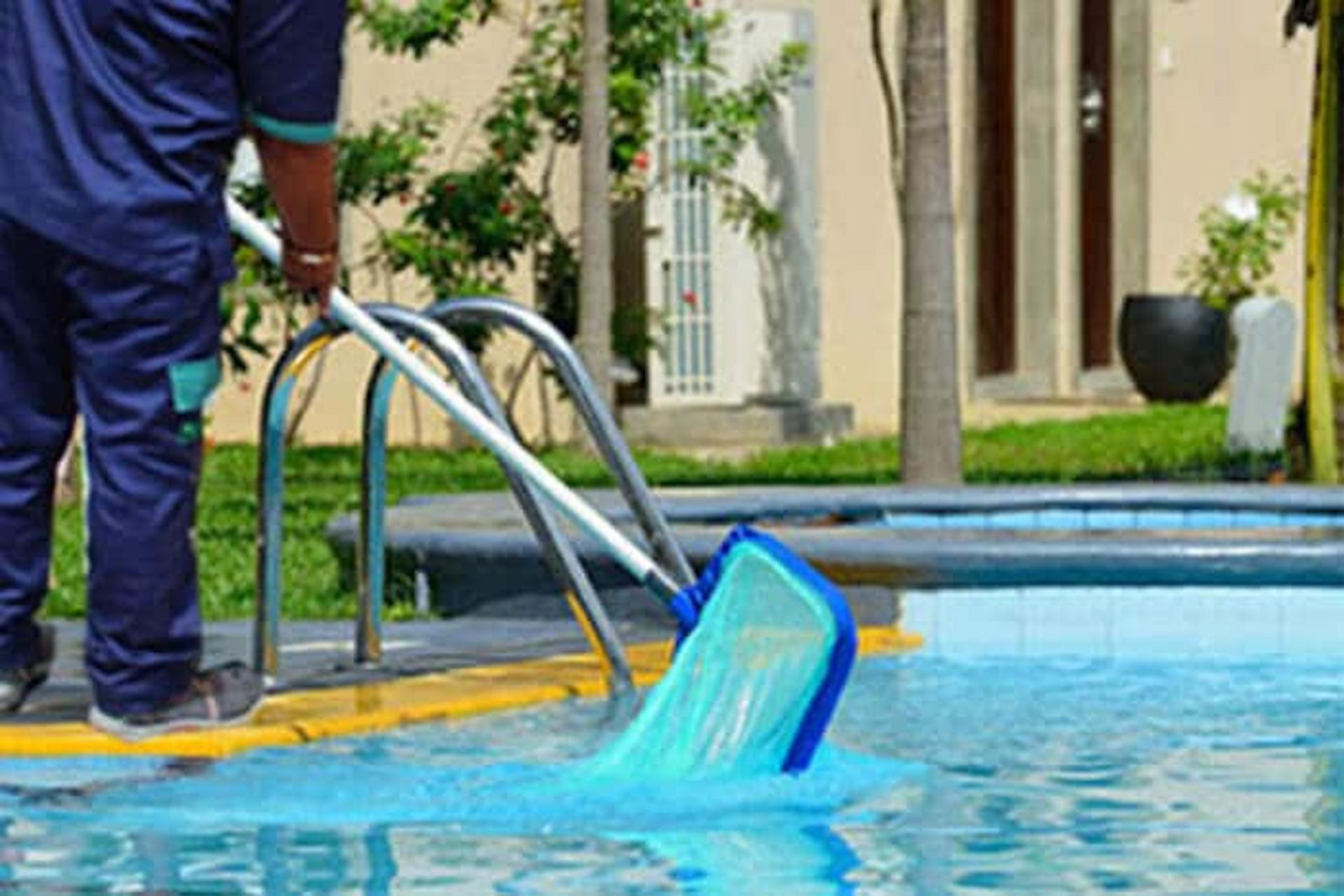
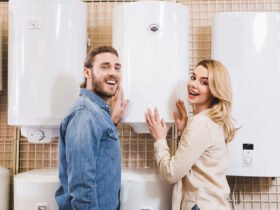

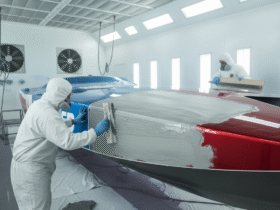
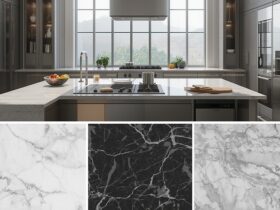
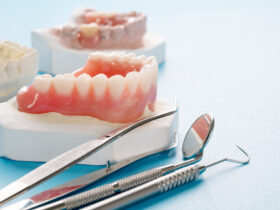
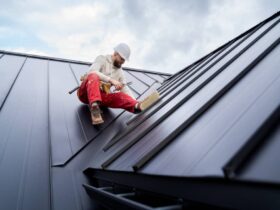
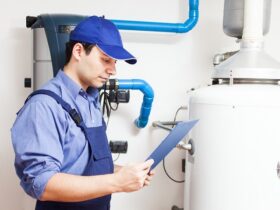
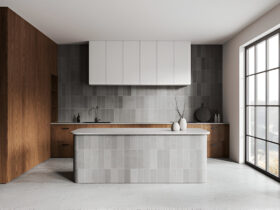
Find Us on Socials